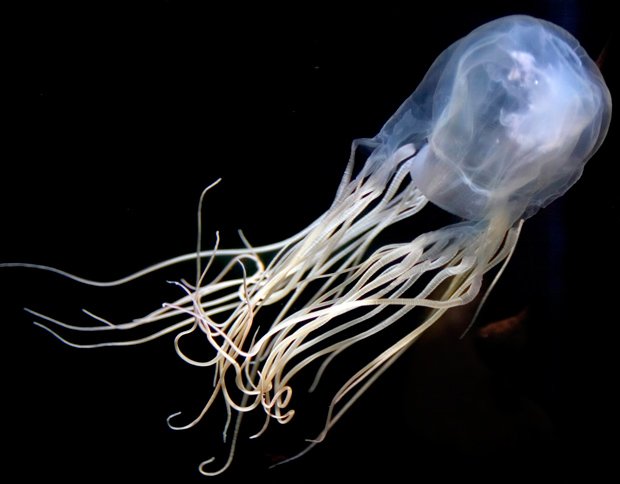Australia’s most poisonous plants
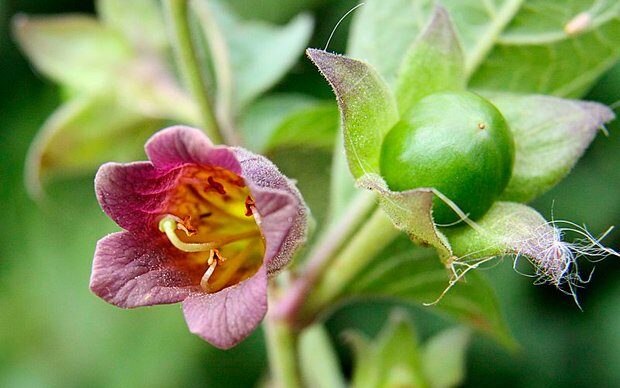
On the face of it, plants may seem innocuous, but some of them can be surprisingly lethal to humans who may come across their path. Because plants cannot run away from their predators, they develop toxicity as a defence. Often shoots are very high in concentration of poison and can be more harmful if consumed. Toxicity usually increases with rising carbon dioxide and plants are more toxic during a drought.
About 1000 species of plants in Australia are known to be toxic to animals and humans and plenty more cause skin and eye irritation, rashes or discomfort. About 10 per cent of plants in Australia even make cyanide. Plants vary from region to region, but no matter where you are you need to know what to keep an eye out for.
Dr Marco Duretto, Manager of Plant Diversity at the Royal Botanic Gardens and Domain Trust in Sydney, says if you’re in the bush or just rummaging around the garden “do not put things in your mouth unless you know what they are, because there are a lot of toxic plants out there”.
However, it’s difficult to determine what plants pose risks to humans because of a lack of information about the effect of many plant species on humans, says Jeff Robinson from the Victorian Poisons Information Centre at Austin Hospital in Melbourne.
“A lot of literature refers to plants poisonous to animals,” says Jeff. “It’s something to go by but doesn’t necessarily mean that the same will apply to humans.”
There are also many variables that make distinguishing poisonous plants and their risks difficult. “There is seasonal variation in terms of the content of the poisons in the different parts of plants,” Jeff says. “Leaves and flowers may have different amounts of poison, for example.”
But there are a few well-known toxic plant species that humans should avoid:
1. Black bean
(Castanospermum australe)
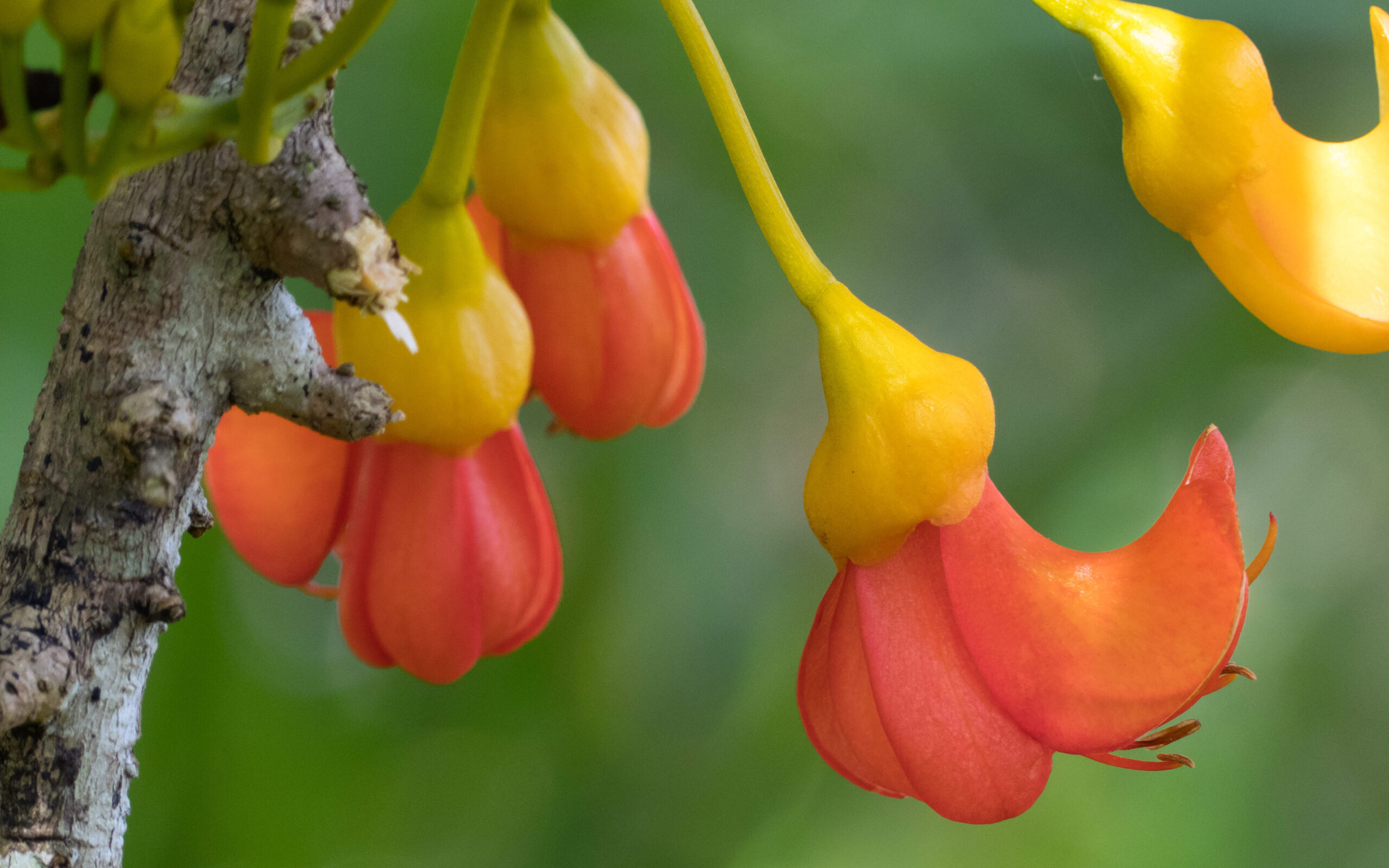
Native to Queensland and New South Wales, the black bean, or ‘Moreton Bay chestnut’, thrives in moist soil along river banks and mountainsides in coastal rainforests and is considered a valuable source of timber.
Between March and May, it produces large pods filled with toxic seeds that weigh roughly 30g each. Ingesting the seeds can cause vomiting and diarrhoea and can be serious if medical attention is not sought.
2. Strychnine tree
(Strychnos nux-vomica)
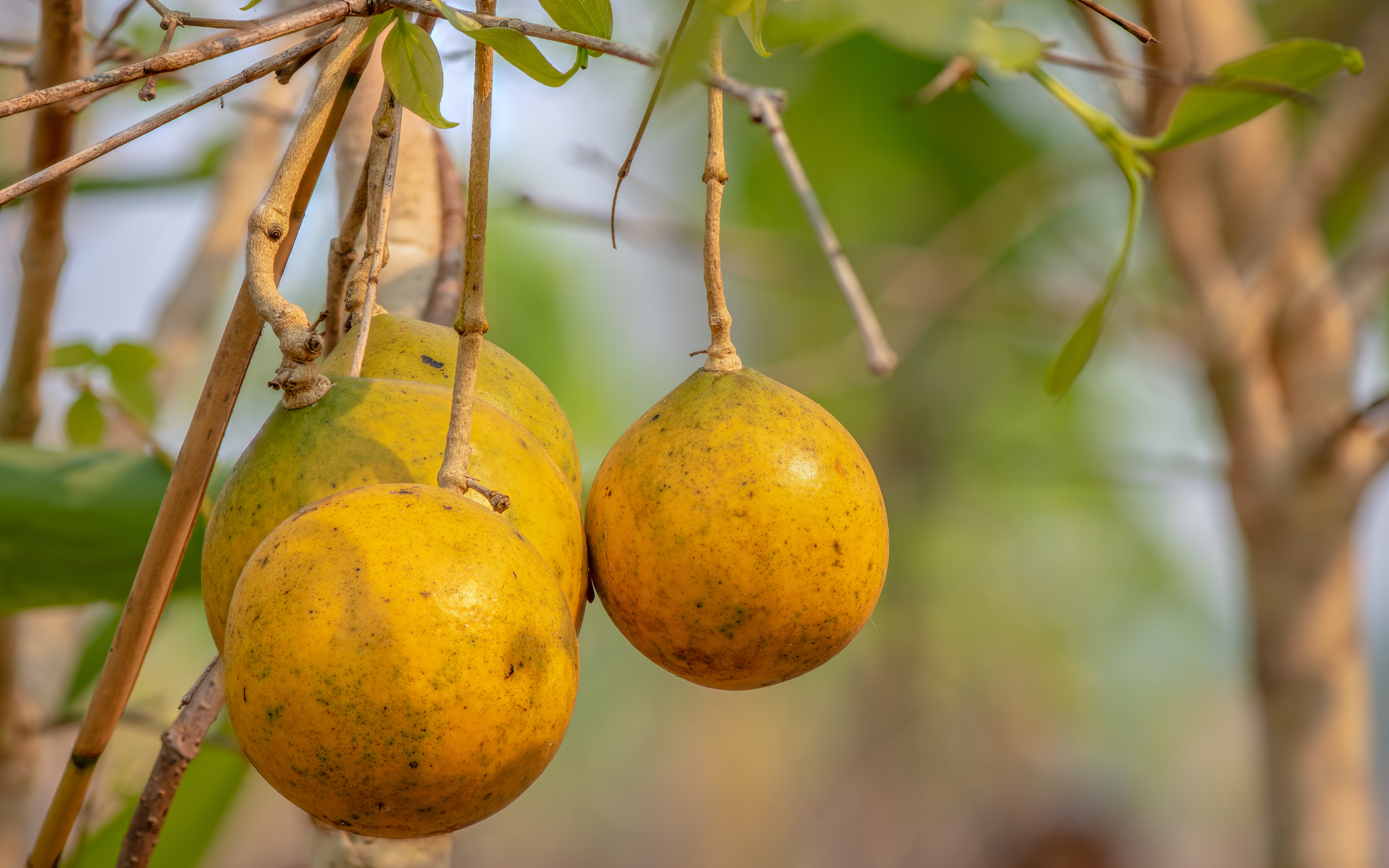
Also known as nux vomica, poison nut, semen strychnos and quaker buttons, the medium-sized strychnine tree is native to South East Asia and Australia.
This tree bears small, orange-coloured fruits with highly poisonous seeds that are neurotoxic – they harm the body’s nervous system, causing convulsions, paralysis and even death. The tree’s blossoms and bark can also be poisonous, containing the alkaloids strychnine and brucine.
At low levels, however, it has been used to promote appetite and is said to aid digestion in humans. The strychnine tree is used in homeopathic and herbal medicines but has also been used as rat poison. Never consume this tree without seeking professional advice first.
3. Angel’s trumpets
(Brugmansia spp.)
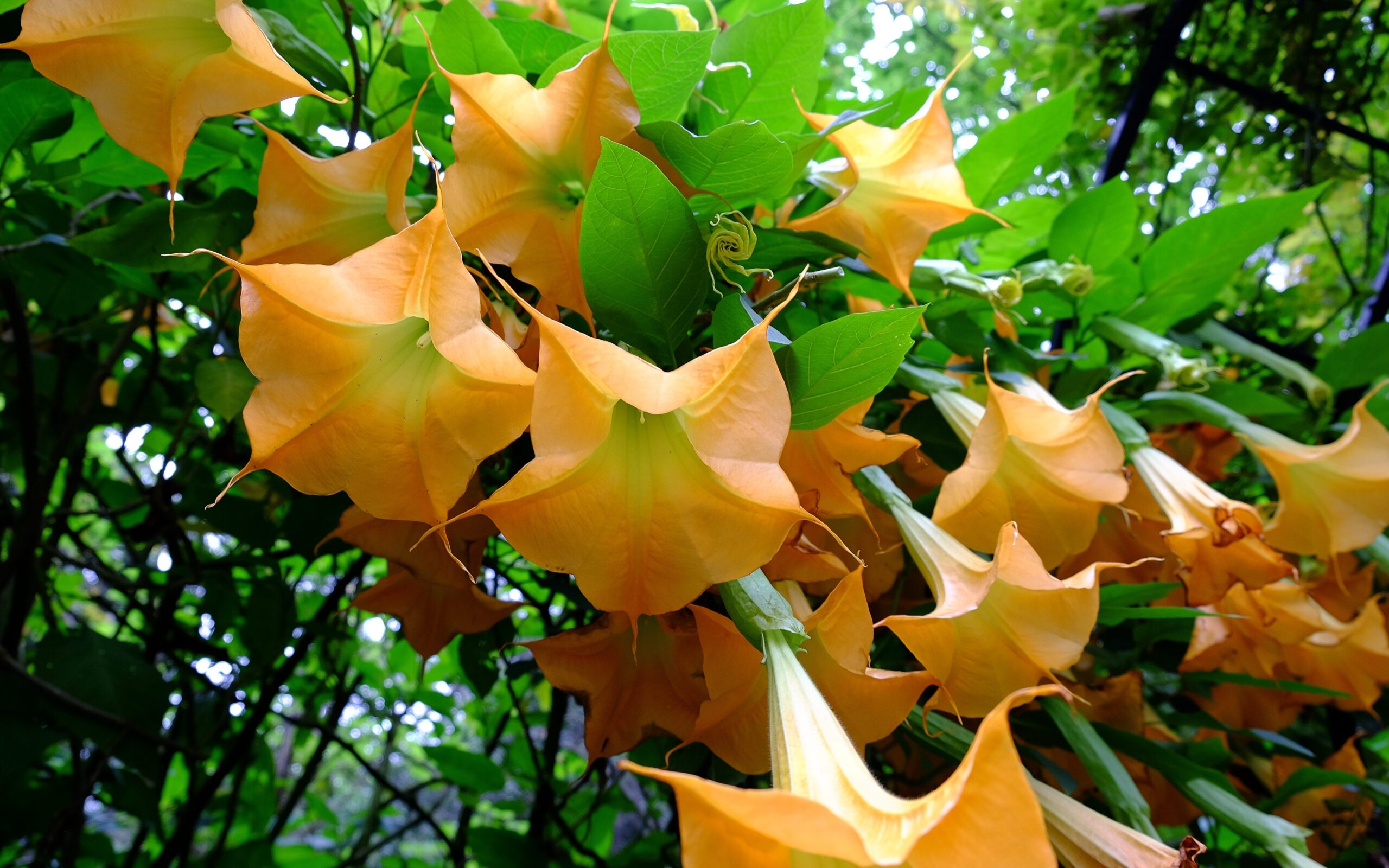
Named after their large, billowing flowers, Angel’s trumpets are medium-sized trees or shrubs with strong, thin trunks and flowers of red, white, orange or pink. Despite their pleasant appearance and aroma, these common garden plants are highly toxic, particularly their leaves and seeds. Rich in alkaloids such as scopolamine and hyoscyamine, if ingested by humans, the trumpets can cause diarrhoea, confusion, migraines, paralysis and even death.
4. Deadly nightshade
(Atropa belladonna)

Also known as ‘devil’s berries’ or ‘death cherries’, the deadly nightshade plant and its berries are very poisonous and contain tropane alkaloids that cause hysteria, hallucinations, erratic behaviour and delirium.
The tree grows to about one metre tall. Like the Angel’s trumpets, deadly nightshades are common garden plants not native to Australia.
Ingestion of a single leaf or about 20 berries can be fatal to adults, and smaller doses can cause similar harm to children.
5. Oleander
(Nerium oleander)
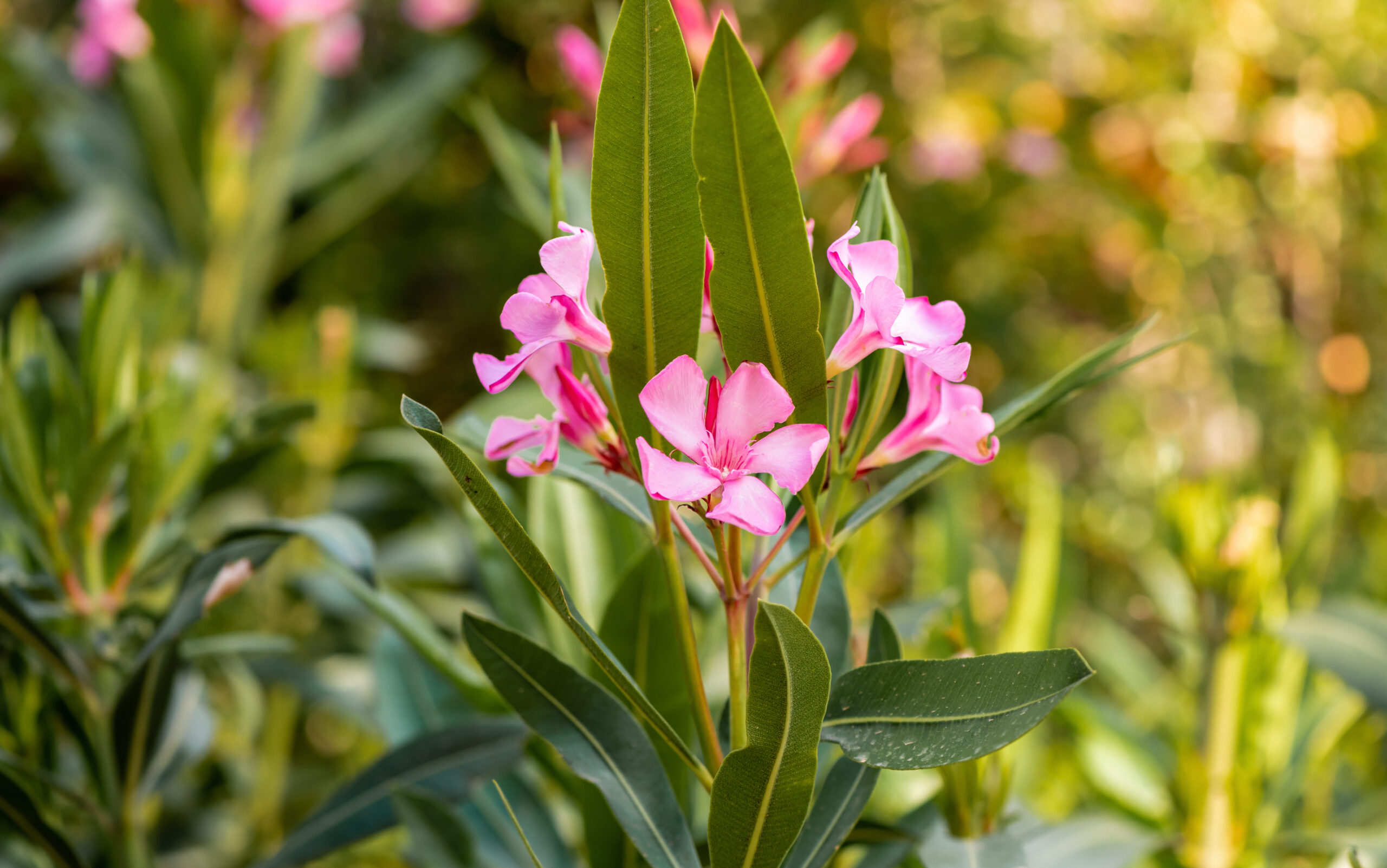
Although it is a common garden plant in Australia, the oleander – named after its resemblance to the olive – olea – is highly toxic. People who come into contact with the plant may experience mild irritation on their skin but a greater risk is posed if any part of the plant is ingested, particularly by children, as this can be fatal.
Luckily, the plant’s leaves are so bitter it is unlikely a child would eat a whole one. It is still worth familiarising yourself with this plant, if you aren’t already, and avoiding having them in your garden if you have small children. Burning oleander also has risks as the plant’s toxicity is captured in the smoke and fumes emitted. Inhaling these fumes or cooking food on a fire of oleander plants poses many health risks.
6. Milky mangrove
(Excoecaria agallocha)
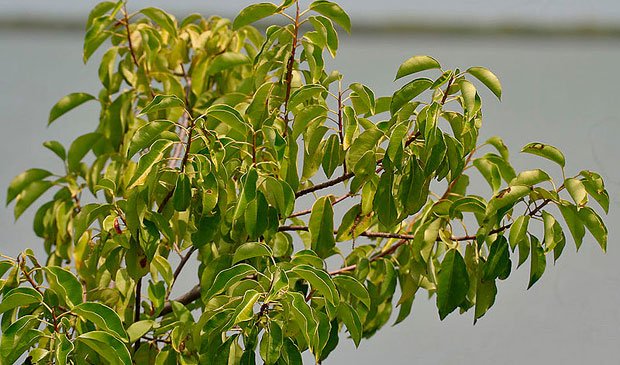
The threat of a milky mangrove is displayed in its common name, ‘blind-your-eye-mangrove’. The milky sap of this plant is highly poisonous and can cause temporary blindness if it comes into contact with a person’s eyes. Other side effects can include skin irritation and blistering.
Found in Western Australia, Queensland and New South Wales as well as Asia and some Pacific Islands, the milky mangrove grows in areas close to sea level and can survive dry open space and exposure to sea salt.
7. Spurge
(Euphorbia spp.)
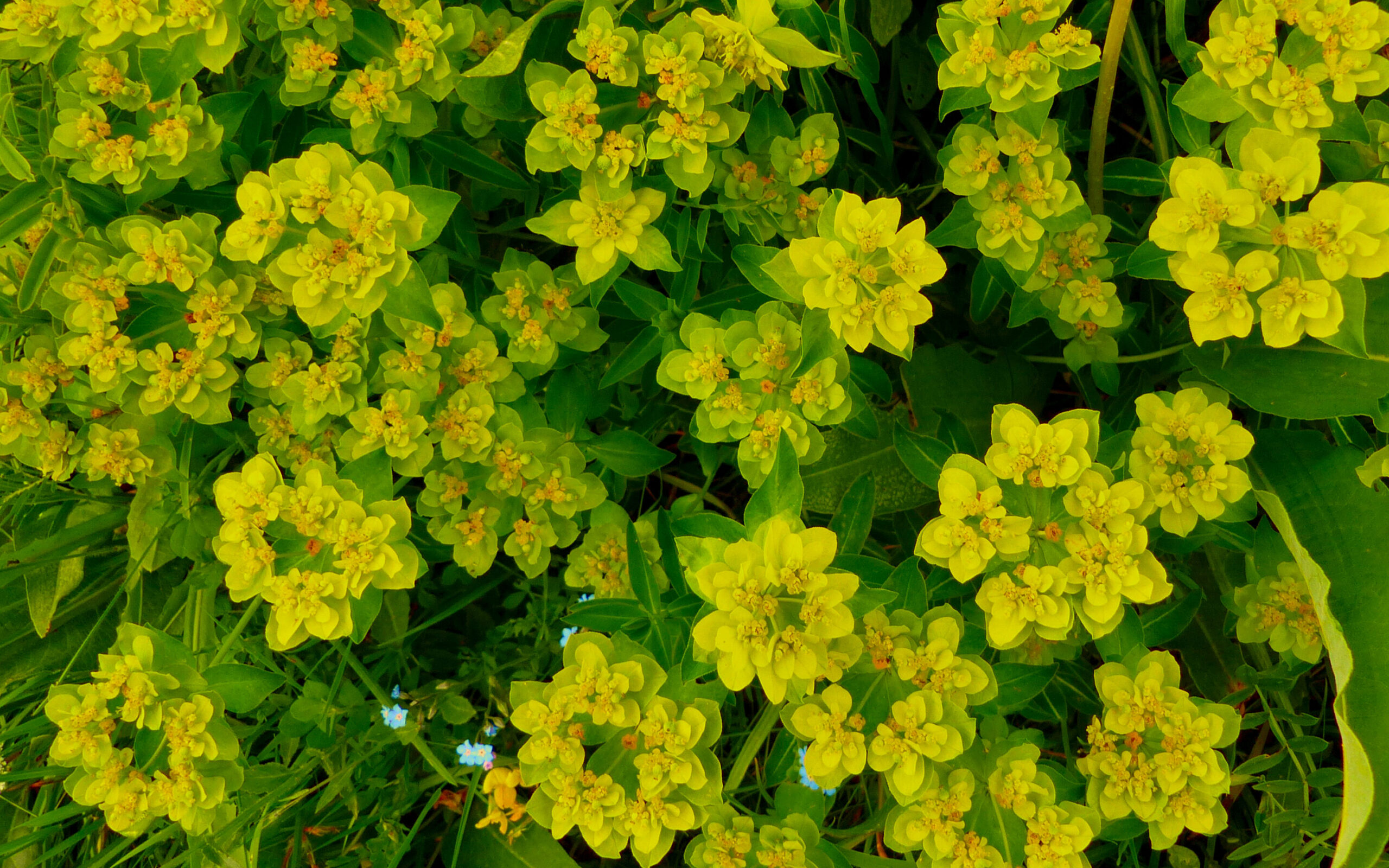
There are more than 2000 species of plants in the Euphorbia genus, that are commonly described as ‘spurges’. Sap inside these plants is called ‘latex’ and is highly poisonous. Contact with this sap can cause serious inflammation of the eyes, nose or mouth, and even blindness.
This can be avoided if the plant is handled with caution and you wash your hands thoroughly afterwards. However, the latex congeals after a few seconds in the air and is difficult to remove with water once it has hardened. In this instance you must use soap or another such emulsifier to break it up. There are native, cultivated and weedy species of spurges and they are widespread across Australia’s mainland.
8. Nettle family
(Urticaceae)
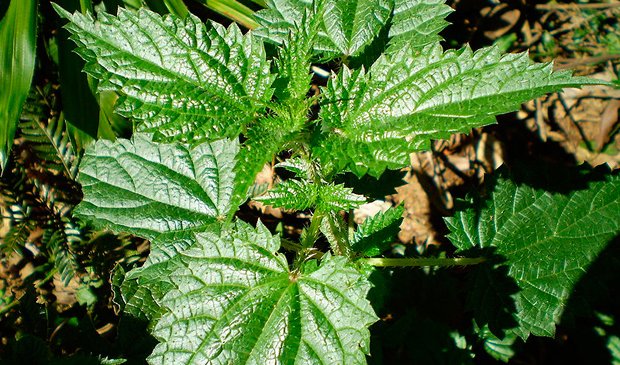
The nettle family includes many species of herbs, shrubs, vines and small trees, including stinging nettles (Urtica) of which we have native species in Australia (Laportea). Many of the nettle species have stinging hairs that can cause extreme pain to people who come into contact with them.
9. Gympie gympie
(Dendrocnide moroides)
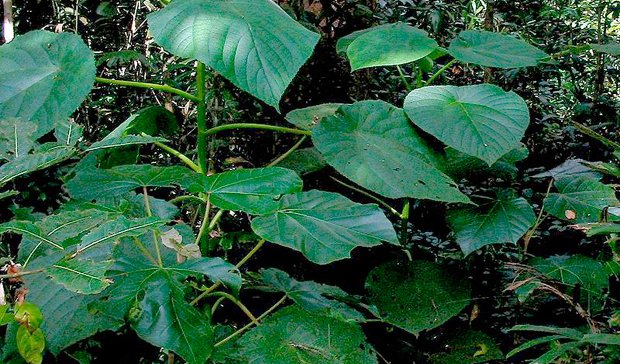
A member of the nettle family, the gympie gympie, or ‘giant stinging tree’ as it is more commonly known, can have extreme effects on people who come into contact with it.
Stinging hairs on the plant’s stems, leaves and fruit may cause allergic reactions, swelling and searing pain. It is recommended that people working near the plant or visiting destinations where it grows wear protective gloves and take antihistamine tablets in advance.
